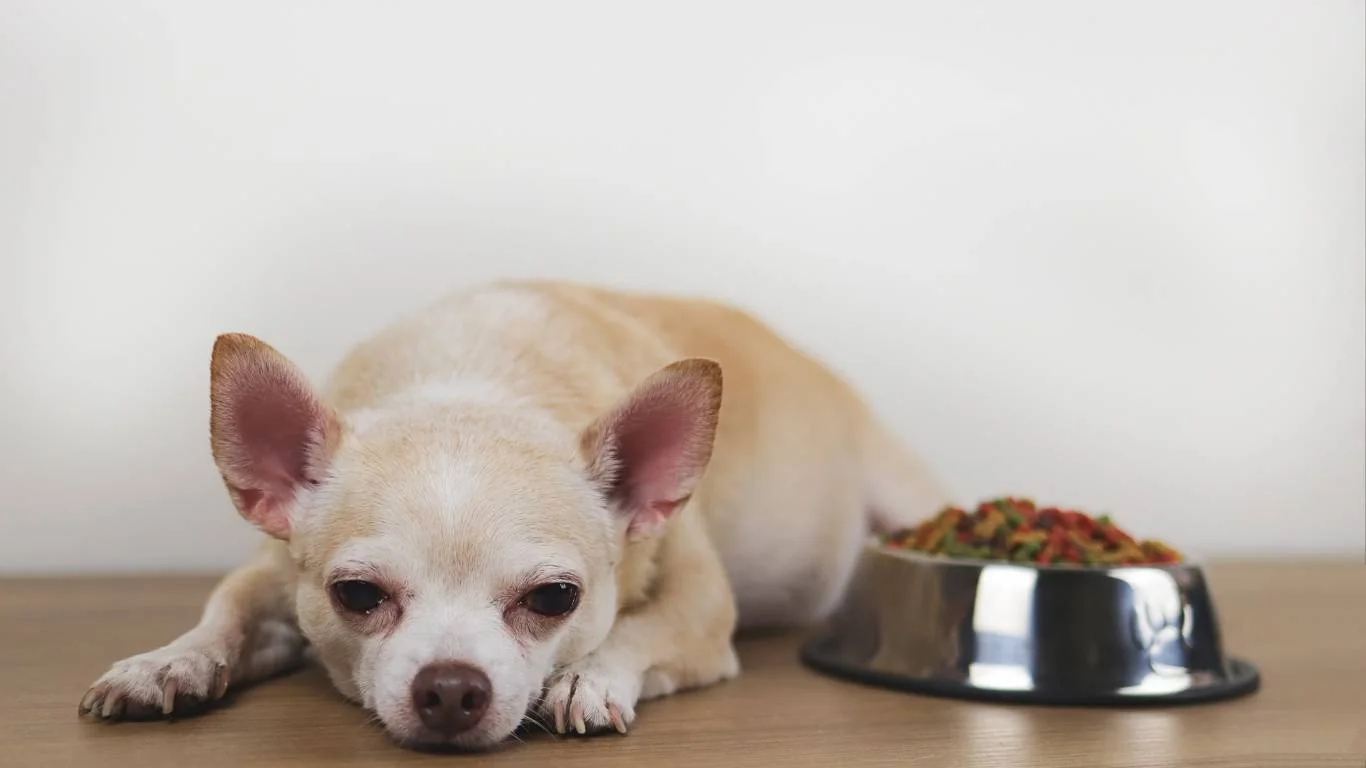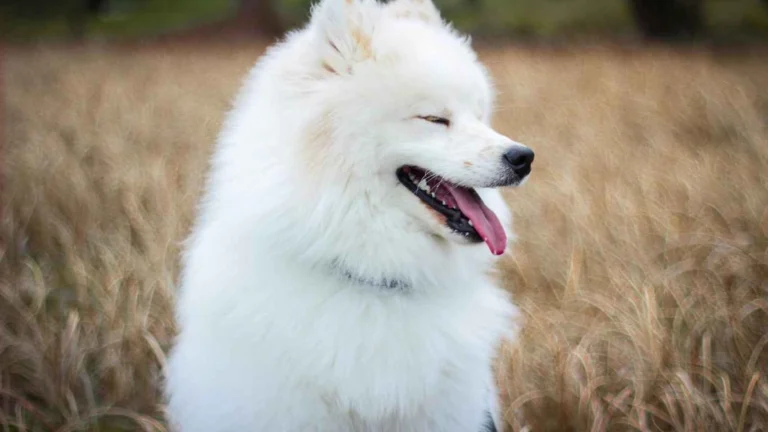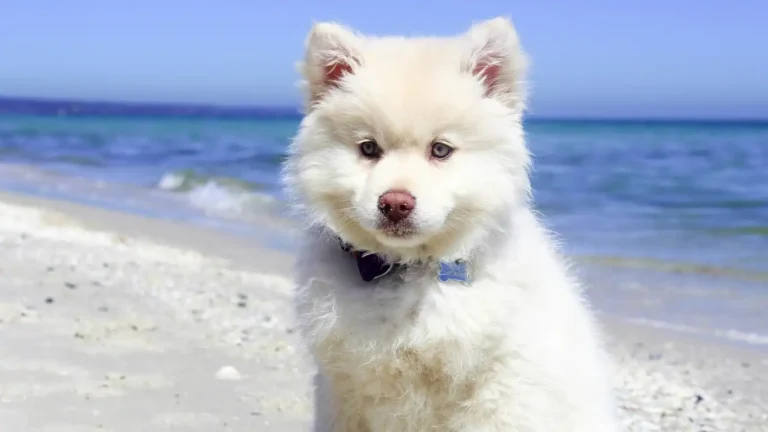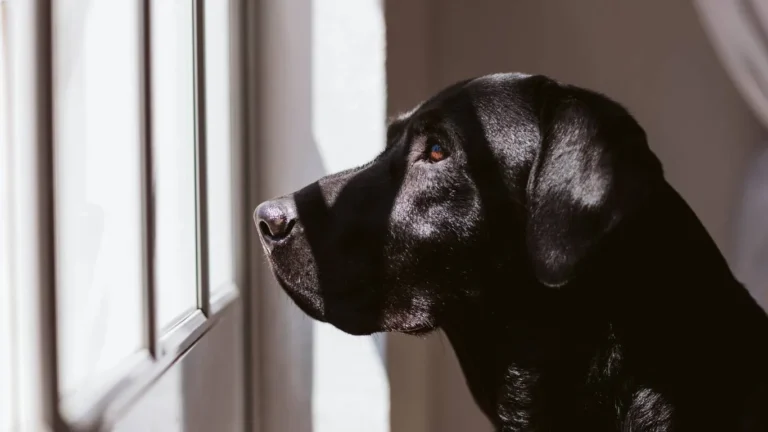How to Clean a Dog’s Eyes Safely: Easy and Effective Methods
Ever looked into your dog’s eyes and noticed some gunk building up in the corners? Or maybe a bit of redness that made you pause? Yeah, I’ve been there too—more times than I can count, honestly. Working as a veterinary assistant with a focus on pet nutrition, I’ve learned that eye health is something that often gets overlooked until it becomes a problem. That’s why I want to share exactly how to clean a dog’s eyes safely, without turning it into a stressful event for you or your pup. It’s easier than most people think, and trust me, your dog will thank you for it.
Why Eye Cleaning Should Be Part of Your Routine
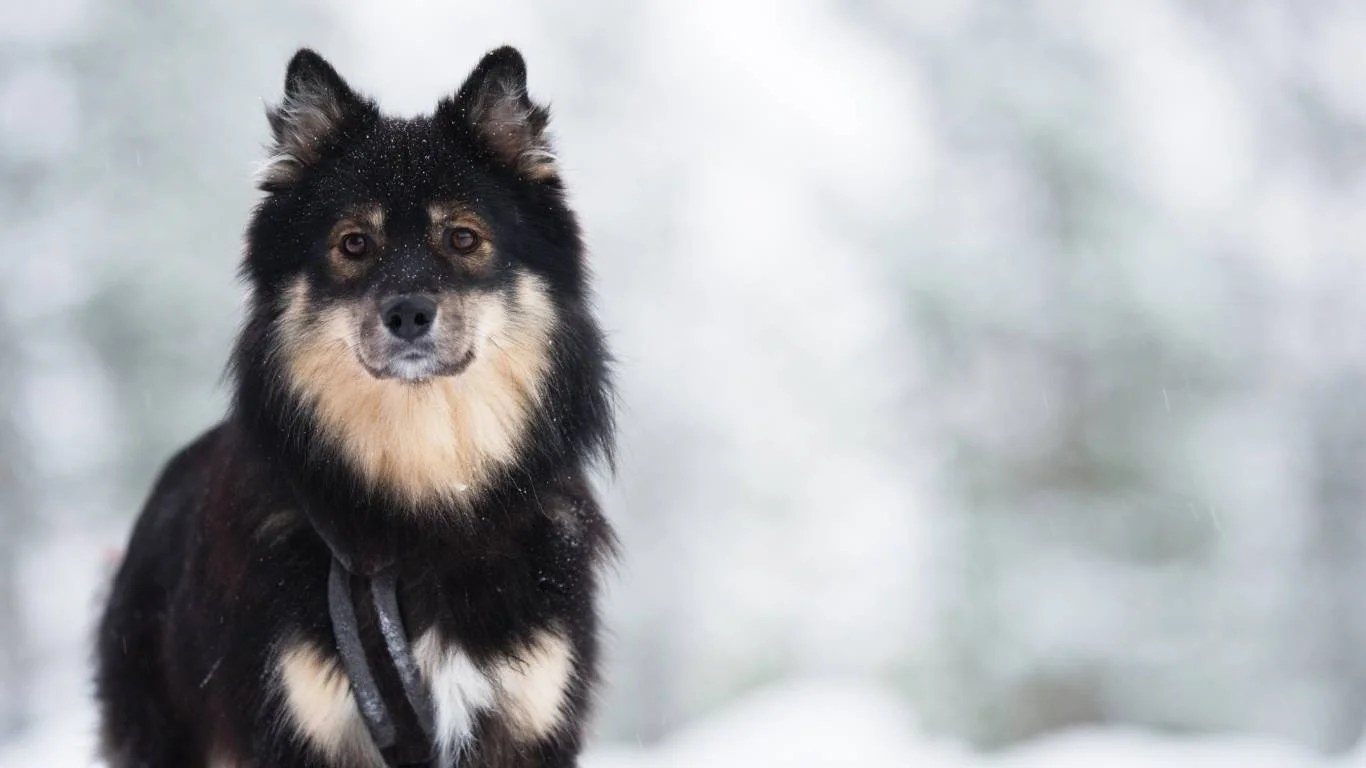
We clean their paws, we trim their nails, we even brush their teeth if we’re feeling fancy—so why not their eyes? Dogs can collect dust, pollen, hair, and even leftover food particles around their eyes. Certain breeds, especially flat-faced ones like Pugs, Bulldogs, and Shih Tzus, are prone to chronic tearing and eye discharge.
In my time at the clinic, I’ve seen how ignoring simple eye hygiene can turn into issues like conjunctivitis, clogged tear ducts, or even eye infections. And the worst part? Most of these could’ve been avoided with some gentle, routine care. No fancy products needed, just a little know-how and a soft touch.
Common Causes of Eye Discharge in Dogs
Before we even get into the cleaning part, it helps to understand where all that goop is coming from. Not every eye booger is created equal, and some might be waving red flags.
- Allergies: Seasonal or environmental allergies can cause watery or mucousy discharge.
- Breed-specific traits: Breeds with shallow eye sockets or hair that irritates the eyes will tear up more often.
- Infections: Yellow or greenish discharge? That’s not normal. Your dog could have an eye infection that needs medical attention.
- Foreign objects: Tiny specks of dirt, plant matter, or debris can irritate the eye and cause discharge.
As a general rule: clear or light brown tear stains usually aren’t a big deal (just annoying), but anything colorful, crusty, or smelly? Time to call your vet.
What You’ll Need to Clean Your Dog’s Eyes Safely
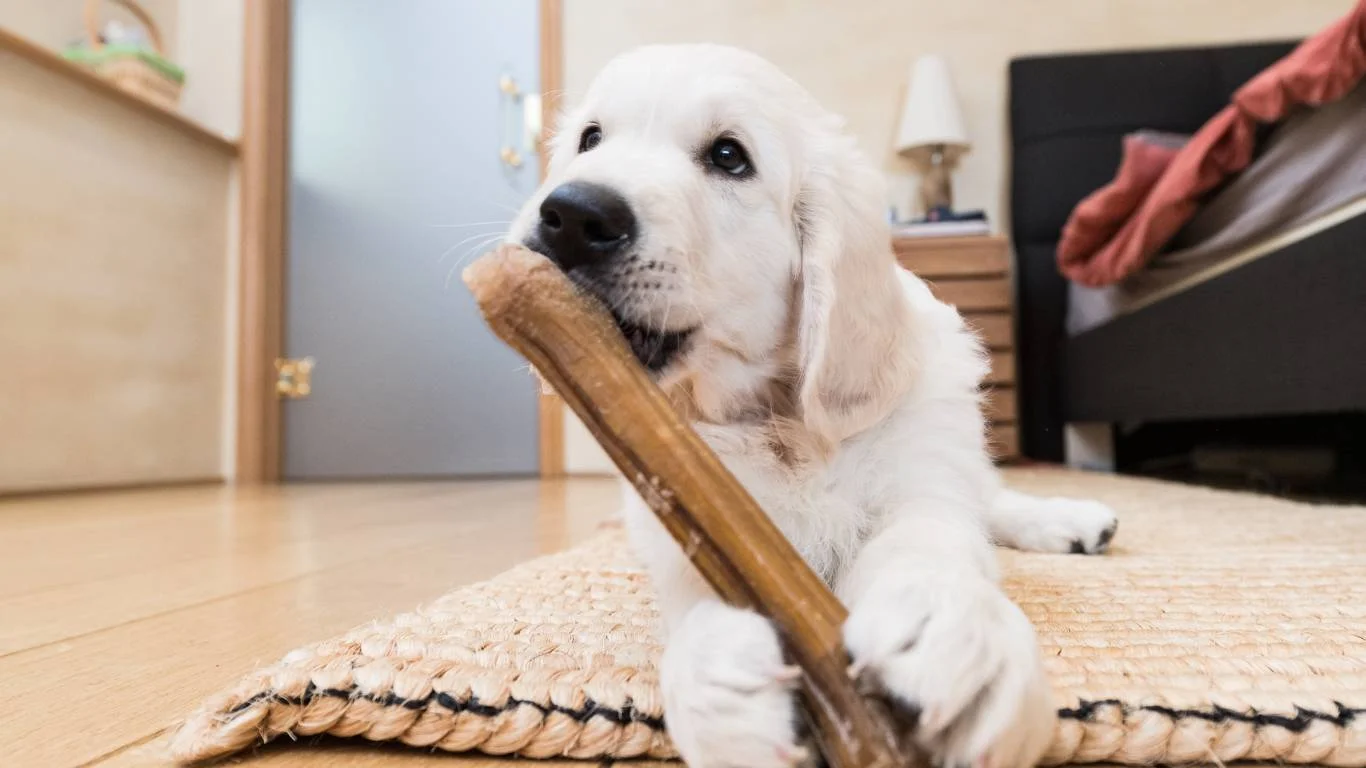
One of the questions I get most from clients is: “Can I just use water?” And the short answer is—sometimes, yes. But there are better options depending on your pup’s needs. Here’s my go-to list for gentle, safe eye cleaning tools:
- Soft, clean cotton pads or gauze: Avoid paper towels or tissues—they shed fibers and can scratch.
- Vet-approved saline or eye wash: You can buy these over the counter at most pet stores or vet clinics.
- Pet-safe eye wipes: Super convenient for daily use, especially for dogs with tear stains.
- Tweezers or blunt-tipped scissors: Only if you’re comfortable trimming fur near the eyes (and never use them when your dog is squirmy).
Pro tip from my clinic days: Keep the supplies in a little pouch or caddy so you’re not running around mid-cleaning trying to find gauze or saline. Makes a big difference when your dog is already giving you the “are we done yet?” look.
Choosing the Right Time and Place
If your dog hates having their face touched, you’re not alone. One trick I always recommend—do it when they’re relaxed. After a walk or meal, when they’re feeling chill, is the perfect time. Some pups even fall asleep mid-cleaning once they get used to it.
And don’t forget about lighting. A well-lit area helps you see what you’re doing so you don’t accidentally poke or irritate the eye. I like setting my pup up on a soft towel on the counter or my lap—less mess, more control.
How to Clean a Dog’s Eyes Safely: Step-by-Step

Alright, let’s break this down. No rushing—this is all about being gentle, calm, and getting into a rhythm that works for you and your furry sidekick.
- Wash your hands before you touch anything near their eyes. This isn’t just about dirt—your fingers can carry bacteria too.
- Soak your cotton pad or gauze in the saline solution. Not dripping wet, just moist enough to clean gently.
- Wipe from the inside corner outwards in one smooth motion. Never go back over the same area with the same pad—it just spreads stuff around.
- Use a new pad for each eye. This prevents cross-contamination in case one eye is a bit irritated or infected.
- Reward them! A little praise or a treat helps your dog associate eye cleaning with something positive.
Side note: If your dog has longer hair around the eyes, keeping it trimmed can really reduce irritation and tearing. Just be careful or get a groomer to do it. I’ve seen a few close calls when folks tried to DIY with craft scissors—don’t be that person.
When to See a Vet
Cleaning is great for maintenance, but it’s not a cure-all. If your dog’s eyes are persistently red, swollen, or oozing colored discharge, you’ll want to book a vet visit. Also, if they’re pawing at their eyes constantly, that’s usually a sign something more serious is going on.
I had a little Pekingese patient once—adorable little guy, but came in with red eyes we assumed were allergies. Turned out to be a mild corneal ulcer. A round of vet-prescribed drops did the trick, but only because the owner came in early. Catching these things fast makes all the difference.
Natural and Vet-Approved Eye Cleaning Solutions
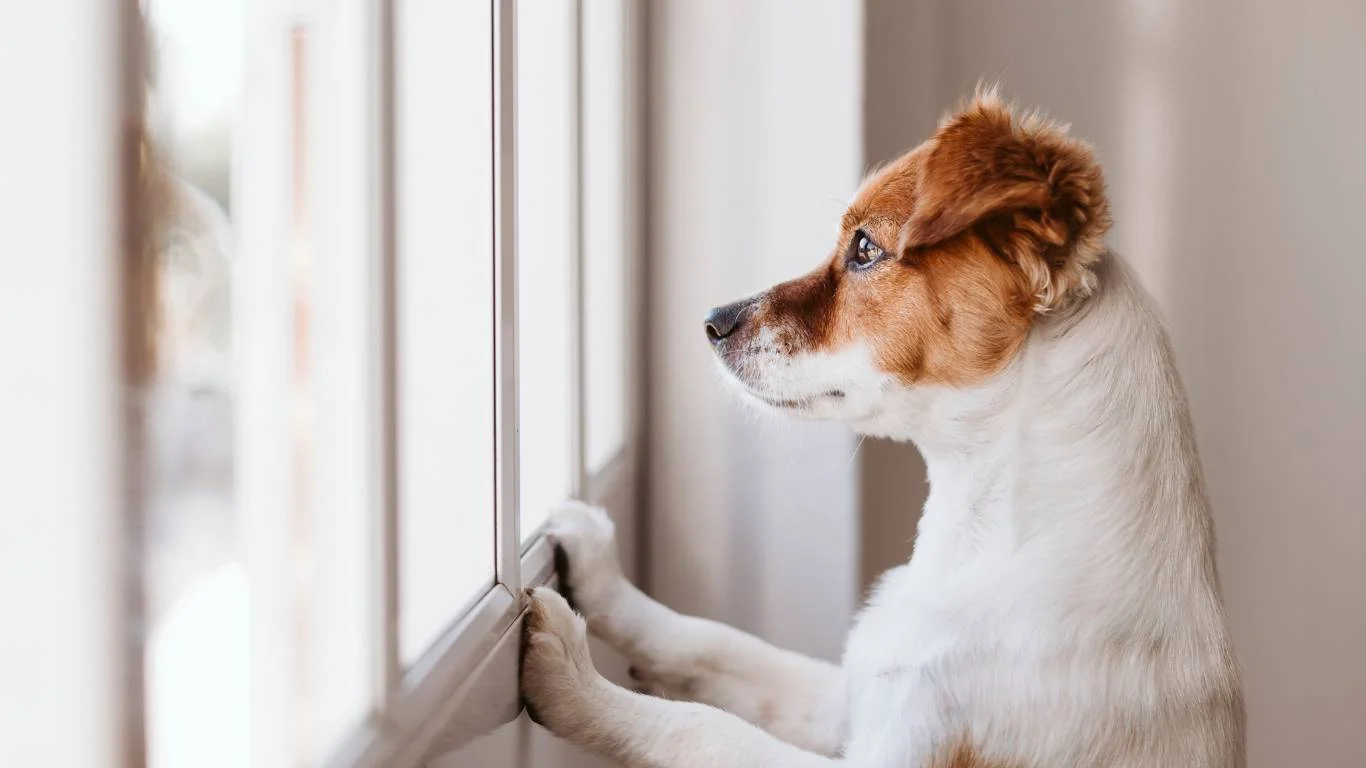
Alright, let’s talk about what you’re actually using to clean your dog’s eyes. I get this question a lot from pet parents trying to go more natural: “Is there something I can use at home that’s still safe?” Short answer—yes! But with a little caution. Not everything “natural” is good for a dog’s eyes (please don’t try essential oils, ever ).
Safe Homemade Eye Rinse Recipe
This one’s my personal favorite, especially when I’m in between vet visits or just doing regular maintenance at home:
- 1 cup of boiled distilled water (let it cool completely!)
- 1/4 teaspoon of non-iodized salt (just good old plain salt)
Mix it up and store it in a clean container. You can use a dropper or soak a cotton pad and wipe gently as described in Part 1. It’s a basic saline rinse, similar to what many vet clinics use for flushing eyes. Just make sure it’s fresh—don’t keep it for more than 2-3 days. And of course, if anything looks worse after using it, stop and call your vet.
From my experience: I’ve used this on dozens of pups with minor eye irritation from dust or grass pollen—it’s gentle and soothing. But again, if there’s any thick, green gunk or swelling? Time for a professional opinion.
Understanding Tear Stains: What They Really Mean

Let’s talk about those rusty red or brown stains that show up under your dog’s eyes. A lot of folks think they’re just cosmetic, but they can hint at other issues. Some pups, especially white-coated breeds like Maltese or Bichons, are prone to tear staining, and it’s not always about hygiene.
Causes of Tear Staining
Here’s the scoop on what could be going on:
- Overactive tear glands (common in puppies or certain breeds)
- Blocked tear ducts that don’t drain properly
- Diet sensitivities or allergies (this one’s huge, and often overlooked)
- Low-quality food or water with high mineral content
Fun fact—one of my nutrition consults led to discovering a client’s pup had tear stains because of a low-grade chicken-based kibble that didn’t sit well with him. We switched to a limited-ingredient, high-moisture diet, and within a few weeks? The stains faded. Nutrition really does affect everything.
Tips to Reduce Tear Staining
Aside from regular wiping and eye care, here are a few lifestyle tweaks that might help:
- Switch to filtered water—less iron and minerals
- Try stainless steel bowls (they don’t harbor bacteria like plastic ones)
- Check for food allergies—work with your vet or a pet nutritionist if needed
- Trim hair around the eyes to prevent irritation
Some folks use tear stain removers, but read the labels carefully. Avoid anything with bleach or harsh chemicals. If you wouldn’t want it near your own eyes, don’t put it near your dog’s.
Making Eye Cleaning a Stress-Free Habit

Here’s the thing—eye cleaning shouldn’t feel like a wrestling match. If your dog hates it now, that’s okay. With patience (and maybe a treat or two), you can turn it into a bonding moment instead of a battle.
Desensitization: Slow and Steady Wins the Race
I used to work with a super skittish rescue dog who absolutely hated being touched near her face. What worked? Desensitization. Basically, you start slow. No cleaning, just gentle touches near the eyes. Then reward. Gradually work up to holding a pad near the eye, then touching it lightly, then cleaning. It took a couple weeks, but by the end? No fuss. It’s totally doable.
Establish a Routine
Dogs thrive on routine. If you always clean their eyes right after their evening walk, they’ll start to expect it. And if a treat comes after? You’ve just created a habit they actually look forward to.
Here’s a little trick I use:
- Have your dog sit on a towel or familiar mat (consistency helps!)
- Keep sessions under 2 minutes—no need to drag it out
- Use a calm, encouraging tone while you clean
- End with their favorite treat or cuddle
Over time, this routine becomes less of a chore and more of a quick check-in. You’ll spot any weird changes early, and your dog stays more comfortable and healthy in the long run.
When Eye Cleaning Isn’t Enough
Even the best eye-cleaning routine won’t fix everything—and that’s totally okay. The key is knowing when it’s time to escalate. As someone who’s worked hands-on with vet teams, I can’t stress this enough: trust your gut. If something feels off, it probably is.
Red Flags to Watch For
- Thick, yellow or green discharge (signs of infection)
- Visible swelling, cloudiness, or squinting
- Frequent pawing or rubbing at the eyes
- Unusual odors or color changes around the eye area
I remember one German Shepherd we saw at the clinic—his owner thought it was just seasonal allergies, but we noticed his third eyelid was raised. Turned out to be a cherry eye condition starting to develop. A minor surgery fixed it, but if they’d waited longer, it could’ve caused lasting discomfort or vision problems.
Point is: cleaning is great for maintenance, but not a replacement for medical care. Don’t hesitate to check in with your vet if anything seems off.
Using Products to Maintain Clean Eyes
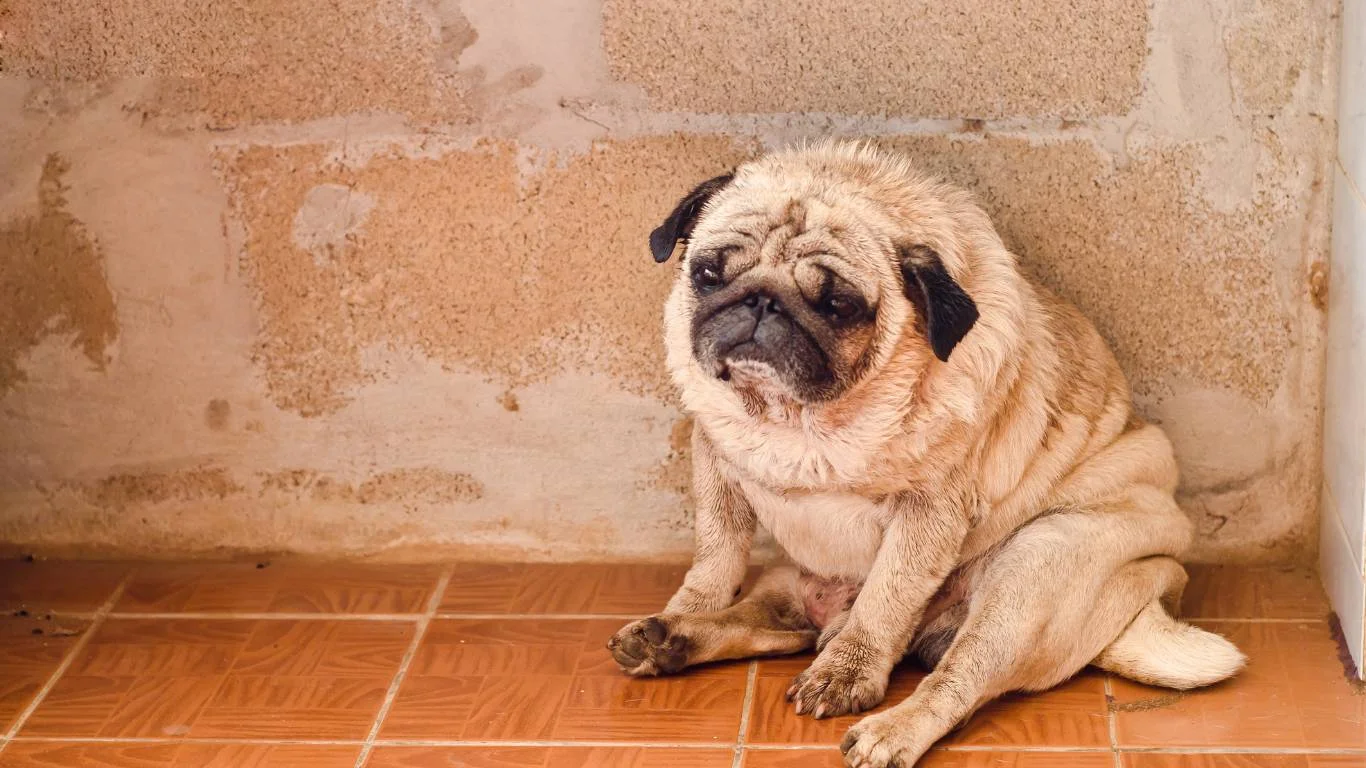
Now that you’ve got the basics down, let’s talk about the products you might need for ongoing maintenance. While natural solutions work well for most dogs, there are times when a vet-recommended product is the right option. In my experience, having a couple of go-to items in your pet-care toolkit can make all the difference in managing their eye health over the long term.
Vet-Recommended Eye Wipes and Saline Solutions
When I worked at the clinic, eye wipes and saline solutions were some of the most commonly used items for clients who wanted something easy, fast, and gentle for their dog’s eyes. Here are a few things to look for when selecting eye care products:
- Non-toxic and hypoallergenic formulas: Always check the label. Your dog’s eyes are sensitive, and you want products that are free from harsh chemicals, fragrances, or preservatives.
- Pre-moistened wipes: These are perfect for quick wipe-downs after walks or when you notice a bit of eye gunk building up. Some wipes are specifically designed to remove tear stains too.
- Saline eye wash: As I mentioned earlier, a simple saline solution is great for soothing irritation and flushing out any debris. Some saline solutions are even designed specifically for pets, ensuring a gentle approach.
Brands like Virbac and Pet MD offer well-reviewed options that are easy to use and safe for your dog’s sensitive eyes. I always recommend starting with these if you need something more than what you can whip up at home.
Eye Health for Specific Breeds
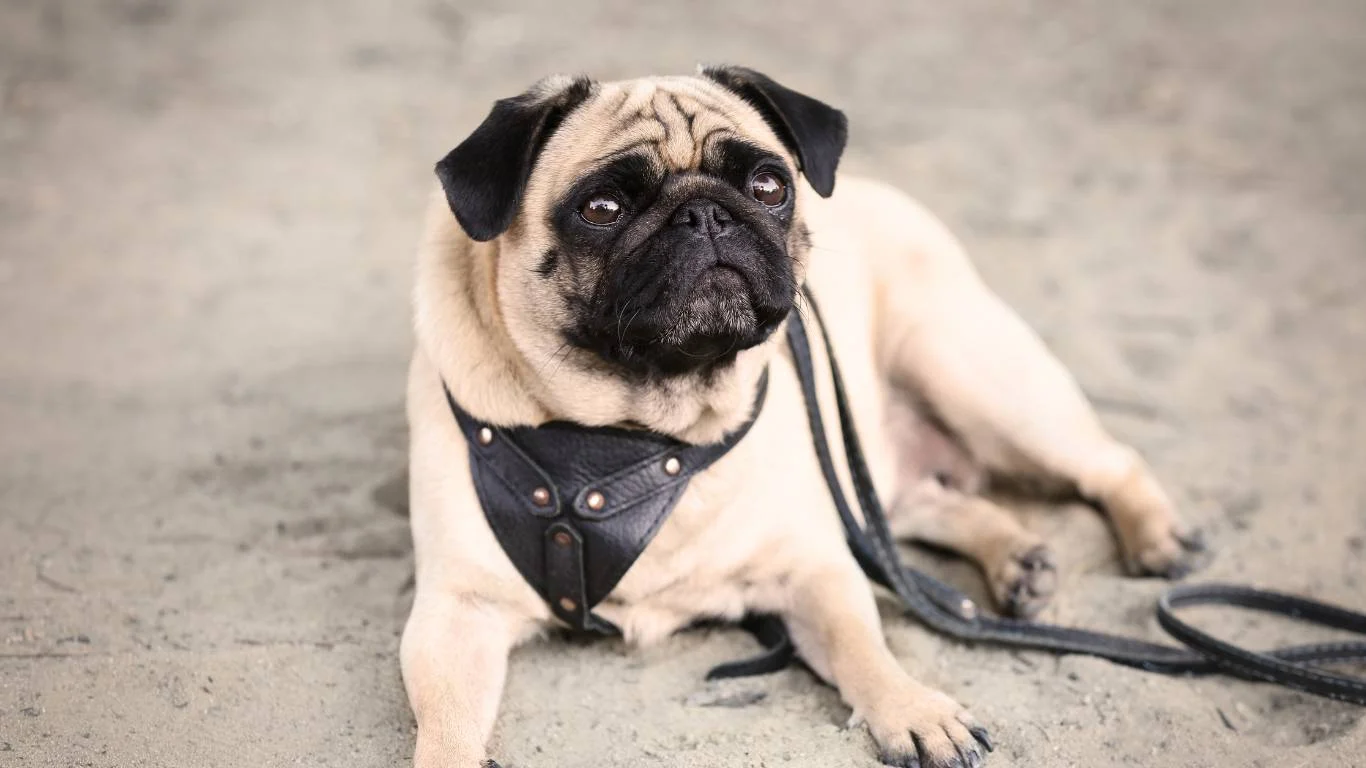
Some breeds are more prone to eye issues than others. If you’ve ever owned a Bulldog or a Pekingese, you know that their adorable, wrinkled faces come with a few extra considerations when it comes to eye care. These dogs tend to have more moisture around their eyes or trouble with tear duct function, making them prone to discharge and tear stains.
Common Eye Issues by Breed
Here are a few breeds that might need more attention in the eye-cleaning department:
- Pugs: These sweet pups often deal with eye dryness or excessive tearing. Cleaning their eyes regularly is key to preventing irritation and staining.
- Shih Tzus: Their long fur and round faces mean frequent cleaning to avoid buildup in the corners of their eyes.
- Chihuahuas: Their tiny faces can lead to eye irritation or infections, especially in the tear ducts.
- Bulldogs: Due to their wrinkled skin and squished faces, Bulldogs often suffer from blocked tear ducts, which can lead to eye infections and discharge.
If your dog is a breed prone to eye issues, you might want to clean their eyes more frequently than other breeds. Getting into a good routine is essential, and early intervention can often help prevent more severe problems from developing later on.
Maintaining Overall Eye Health
Beyond regular cleaning, there are a few things you can do to ensure your dog’s eyes stay healthy:
- Regular vet checkups: Annual or bi-annual vet visits are essential for catching early signs of potential eye problems, like glaucoma or cataracts.
- Protecting from injury: Dogs that love to run through the woods or roll around in the grass should be monitored for foreign objects getting into their eyes.
- Proper diet and hydration: Nutrition is key in supporting overall health, including eye health. Make sure your dog is on a well-balanced diet, rich in Omega-3 fatty acids and antioxidants to support vision.
During one of my vet assistant shifts, I helped a client whose dog had developed a corneal ulcer after a stick flew into its eye. It was a real reminder of how quickly something can go wrong if we’re not paying attention to eye health! But with proper care and protection, most eye issues are manageable.
FAQs About Dog Eye Cleaning
Let’s wrap things up with some common questions I get from pet parents about cleaning their dog’s eyes:
1. How often should I clean my dog’s eyes?
For most dogs, a quick wipe-down once or twice a week is enough. However, dogs with chronic tearing or discharge may need to be cleaned more often, especially after they’ve been outside or after a nap. If you’re unsure, ask your vet for guidance based on your dog’s breed and health.
2. Is it safe to use baby wipes or tissues to clean my dog’s eyes?
I would recommend against using baby wipes or tissues, especially ones with added scents or chemicals. These could irritate your dog’s eyes. Stick with products that are specifically made for pets or use a soft, clean cotton pad with saline solution.
3. Can I use human eye drops for my dog?
Human eye drops are typically not safe for dogs. Some contain ingredients that could be toxic to your pup. Always consult with your vet before using any human medication on your pet’s eyes.
4. What should I do if my dog’s eye looks swollen or painful?
If your dog’s eye is swollen, red, or they’re pawing at it more than usual, it’s time for a vet visit. These symptoms could indicate an infection, injury, or something more serious that needs immediate attention.
Disclaimer
The information in this article is for educational purposes only and does not substitute professional veterinary advice. Always consult with a qualified veterinarian if you notice any concerning signs or symptoms in your dog’s eyes or overall health.
If you ever find yourself unsure about anything eye-related or if your dog’s condition worsens, don’t hesitate to reach out to your vet. After all, our pups can’t tell us what’s going on, but we can help keep their eyes clean, healthy, and happy.
